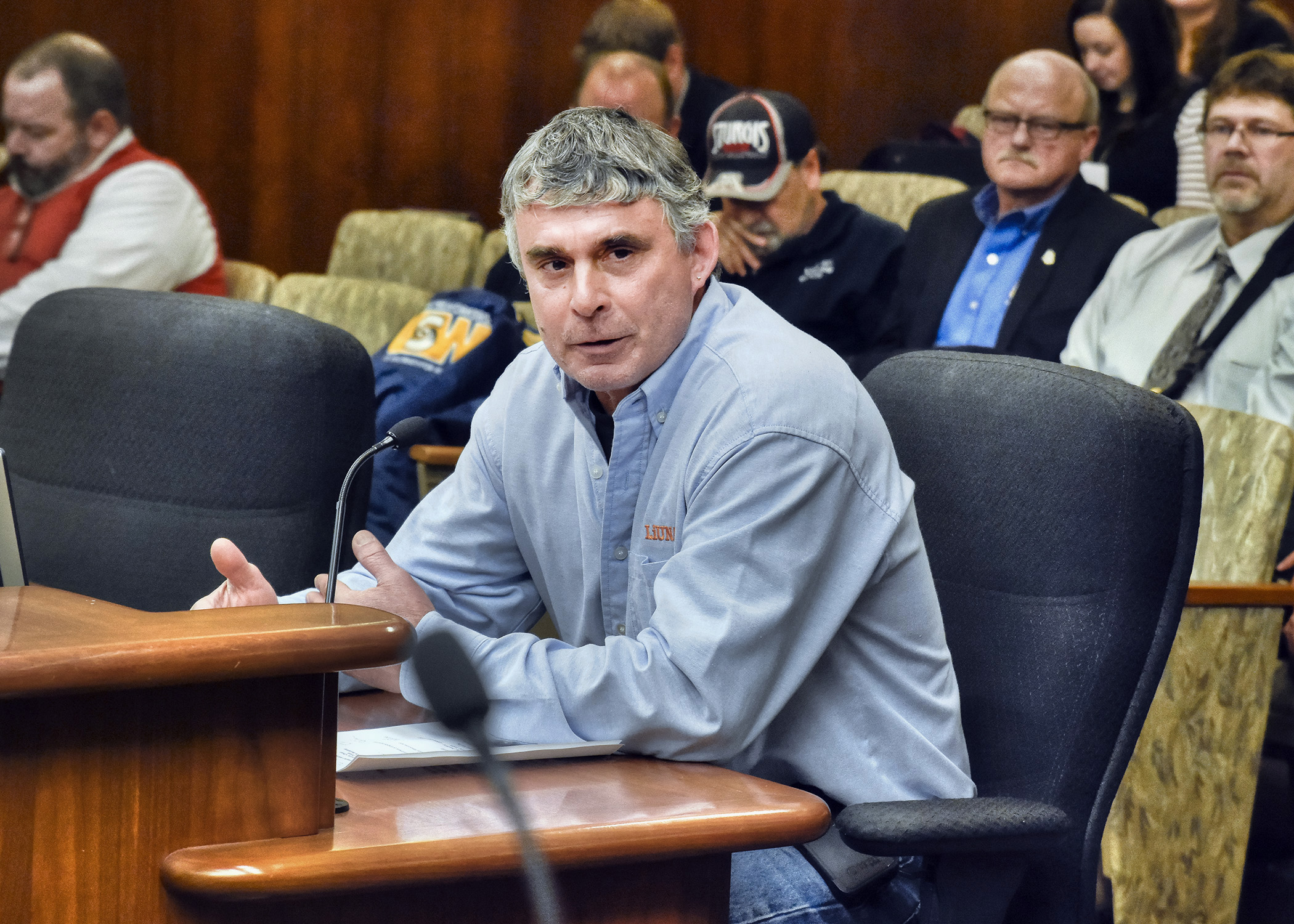No working group decision on additional Iron Range unemployment benefits

For hundreds of out-of-work Iron Range steelworkers, the recent holiday season wasn’t as joyous as it could have been.
Laid off earlier in 2015, they have seen their state unemployment benefits run out — or soon will — creating a struggle for many of their families to make ends meet. Minnesota unemployment benefits expire after 26 weeks.
Gov. Mark Dayton said at a Wednesday news conference that more than 1,000 workers will have maximized their benefits by March.
A fear on the Iron Range is that more shutdowns could be on the horizon unless the cost of American-made steel gets more in line with subsidized foreign competitors.
“We have experienced ups and downs before,” Rep. Carly Melin (DFL-Hibbing) said in a statement. “But it doesn’t make it any easier to see almost a thousand layoffs in our small communities touch friends and neighbors. Minnesota families are paying the price for illegal steel dumping across the globe and unfair trade practices here at home.”
In preparation for a potential special session, an Iron Range Unemployment Legislative Working Group met Thursday to discuss ways that could potentially help those out of work.
“If ever there was an issue that rose to the level of a special session, this one does,” said Sen. David Tomassoni (DFL-Chisholm), who co-chairs the group with Rep. Tom Hackbarth (R-Cedar). “This is about people’s lives and this is about people’s families.”
Members listened to persons affected by the economic downturn, and heard a proposal proffered by the governor’s office and another from Tomassoni. No action was taken on either.
Both proposals include an additional 26 weeks of unemployment eligibility and an expansion of benefits to others affected by the mining downturn, such as employees of a vendor that supplies services to the industry who are laid off due to a reduction of business. Each also includes some retroactivity.
There is enough money in the state’s unemployment insurance program to cover the estimated $17 million needed for extended benefits. No General Fund money would be used because the program is funded through payroll taxes levied on businesses.
“People are leaving the area and going where the work is,” said Hibbing Mayor Rick Cannata.
Acknowledging they are sympathetic to the situation, Hackbarth and other Republicans said there are too many unanswered questions to move forward. For example, they want to know how many people would run out of benefits before the Legislature reconvenes March 8 for its regular session and if more retraining opportunities could be part of a solution.
“I don’t know that I have all the answers until I talk to other folks and they bring these ideas forward,” Hackbarth said. “To say we’re ready — to say there’s going to be a special session to take care of this issue — I don’t know we can say that.”
Up to two years of federal money is available for workers in training for different jobs; however, many of those who were laid-off are approaching retirement age and have no interest in a new career.
The state needs to look at job creation strategies for the Iron Range, not just additional unemployment benefits, said Rep. Pat Garofalo (R-Farmington).
Katie Clark Sieben, commissioner of the Department of Employment and Economic Development, said the state has provided additional unemployment insurance benefits during other crisis times when workers were laid off through no fault of their own, including for airline workers following 9/11 and, more recently, for farmers affected by the Avian Flu crisis.
This is about a 26-week lifeline in hopes that changes in the domestic steel industry can occur at the national level, said Rep. Tom Anzelc (DFL-Balsam Township). “It’s been done before and it needs to be done again,” he said.
On Nov. 12, Dayton asked legislative leaders to consider a special session for this purpose. Legislative leaders and Dayton are expected to meet Friday to discuss a potential special session.
Related Articles
Search Session Daily
Advanced Search OptionsPriority Dailies
Ways and Means Committee OKs proposed $512 million supplemental budget on party-line vote
By Mike Cook Meeting more needs or fiscal irresponsibility is one way to sum up the differences among the two parties on a supplemental spending package a year after a $72 billion state budg...
Meeting more needs or fiscal irresponsibility is one way to sum up the differences among the two parties on a supplemental spending package a year after a $72 billion state budg...
Minnesota’s projected budget surplus balloons to $3.7 billion, but fiscal pressure still looms
By Rob Hubbard Just as Minnesota has experienced a warmer winter than usual, so has the state’s budget outlook warmed over the past few months.
On Thursday, Minnesota Management and Budget...
Just as Minnesota has experienced a warmer winter than usual, so has the state’s budget outlook warmed over the past few months.
On Thursday, Minnesota Management and Budget...